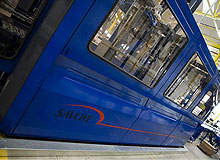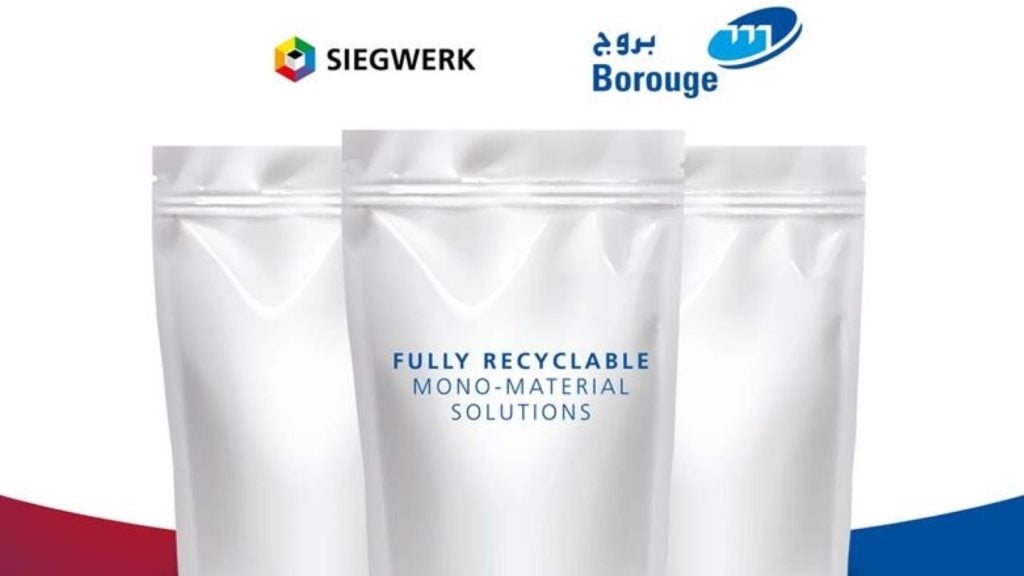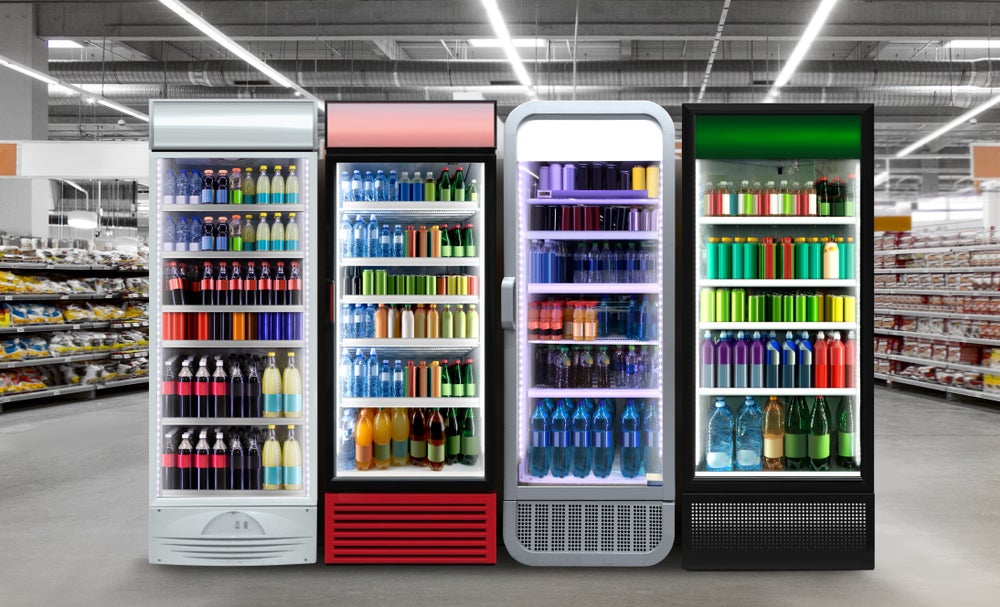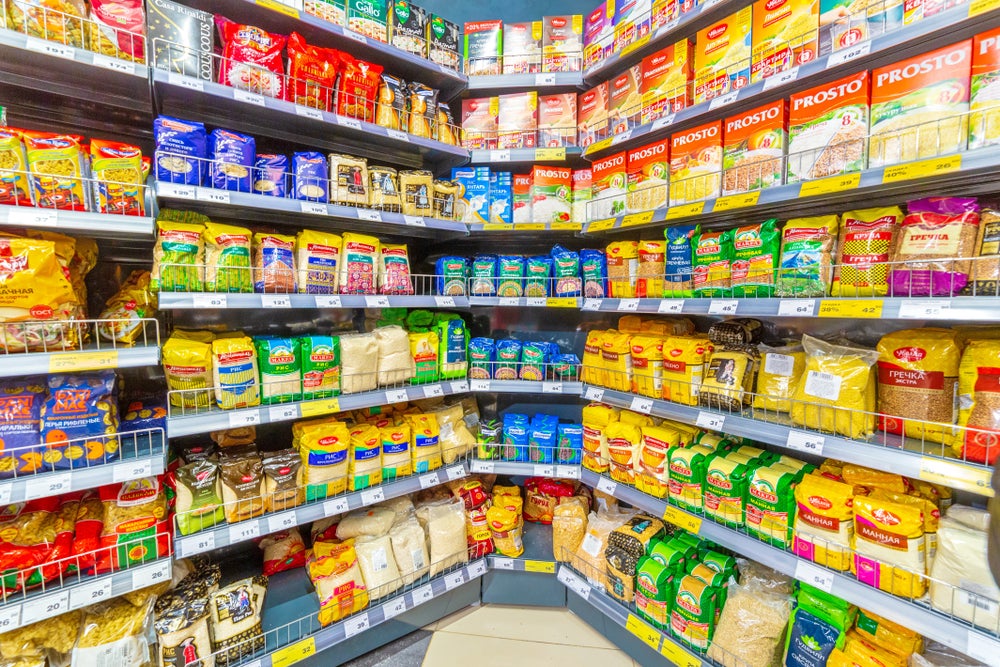
Conveyors come in all shapes, sizes and specifications. Indeed, countless types exist to support every kind of application, yet in the past year their numbers have been swollen further by a raft of new launches.
In February, UK-based Dorner Manufacturing released the iDrive conveyor, which takes up very little space and so is particularly useful for small product packaging applications where room is limited.
"It’s ground-breaking because it has the motor inside the frame as opposed to outside," explains Tom Murphy, director of Automated Suppliers, Dorner’s exclusive UK distributor.
According to Dorner: "iDrive is an exciting advancement in conveyor technology that merges the very latest drive and control systems with the compact design of the Dorner 2200 Series. By integrating the motor, gearbox and motor controller into a single, space-saving package, Dorner has literally redefined the application footprint for small product conveyors."
The conveyor can be as narrow as 75mm if needed, with lengths of up to 3,600mm, and according to Dorner COO Rich Ryan, it is also capable of moving items up to 100ft/min with a load capacity up to 30lb. The conveyor is reversible as well.
See Also:
Siemens is also focusing on motor improvements. In April, it released its new ‘worm-geared’ motors for conveyor systems, featuring high efficiency, extensive transmission range and a maintenance-free lifespan. "The use of high-grade materials, such as a substantial nickel proportion in the bronze worm gears, allows high-rated gear torques up to 80Nm and high transmission ratios of up to 100 in a single stage," claims Siemens.
How well do you really know your competitors?
Access the most comprehensive Company Profiles on the market, powered by GlobalData. Save hours of research. Gain competitive edge.

Thank you!
Your download email will arrive shortly
Not ready to buy yet? Download a free sample
We are confident about the unique quality of our Company Profiles. However, we want you to make the most beneficial decision for your business, so we offer a free sample that you can download by submitting the below form
By GlobalDataSchüco International has been improving its conveyor options, and has recently added the Conveyor Systems Flexible Line (CS FL) made entirely of plastics and designed especially for large widths to transport boxes and cartons.
According to the company, the conveyor omits traditional connecting pins on the chain links, but due to the chain’s unique design, which allows optimum fit on horizontal curves, the plastics conveyor is as stable and durable as a steel-reinforced chain. A small turning radius allows for tight curves, providing more flexibility when working in a tight space.
Montech has unveiled its new multi-track conveyor specifically for transporting cumbersome and heavy items such as packed boxes and cartons. The conveyor features the option of toothed or untoothed belts, which can carry cartons up to 100kg, and is available with three different drives via the spur gear motor. The company has also revamped its signature Montrac system – typically used to transport parts and products around a plant – successfully and carefully convey fragile materials such as glass beverage bottles.
Accessorising the packaging line
Innovation is not just helping to revamp conveyors themselves – accessories, too, are benefitting.
France-based Savoye Logistics recently released the e-Jivaro, a miniature version of its Jivaro machine.
Both are designed to reduce packaging material, and the only difference between them is that the newer product is meant to handle smaller orders, particularly where consumers are purchasing one or two items from an internet store.
Both work in the same way, in that they are set up on a conveyor as one of the last packing steps. The conveyor moves a filled – or half-filled – packing carton into the machine, where it is analysed and the box cut down to just above the product, reducing void fill and making the packed boxes as small as possible.
According to Savoye’s UK sales director Martin Elliott, this allows more cartons to fit into a truck, reducing emissions. "If there’s more volume within a vehicle, there’s more reduction of environmental impact," he explains, adding that "the green issue" is a huge factor for businesses, manufacturers and consumers alike.
Savoye also provides packing solutions and has tried to help clients to restructure their packing processes and redesign their boxes so less board is cut away, as well as update their conveying and packing machinery to fit the new packaging materials.
"Instead of having one-size boxes, maybe we use the same footprint but many different heights," Elliott says, "because otherwise, where are the savings?"
Government-funded developments
A group of EU-funded researchers, including academics from some of Europe’s top research institutions, have been looking at optimising packing and conveying systems through a three-year project called Net-WMS – Towards Integrating Virtual Reality and Optimisation Techniques in a New Generation of Networked Businesses in Warehouse Management Systems Under Constraints.
The €2.32m project has applied "mathematics, computer systems and modern logistics" to the age-old conveying problems that have frustrated manufacturers for decades – varying from unusually shaped items to overweight products – and created new methods to solve unique packing problems quickly and efficiently.
Some of the methods include the creation of algorithms that use a "constraint programming approach" to analyse a packing job’s unique spatial constraints and possible solutions to them. The team has also developed a new computer language for describing packing constraints, such as a container’s maximum weight or the stability level of a pallet, which means manufacturers can be as specific as possible when telling the computer what they need. The system also includes a virtual reality model to help visualise the entire process. All of these tools are interconnected, too, forming a complete software system that can model, simulate and optimise individual packing processes, saving the producer time and money.
"We decided to focus our attention in the area of spatial optimisation because there was an obvious commercial opportunity," explains the project’s scientific coordinator, Dr François Fages.
"Many firms cannot afford expensive software, but even small improvements in the way they pack shipping pallets or use warehouse space, for example, can make an enormous difference to their profitability and competitiveness."
Indeed, one French company has already reported promising initial results, improving its packing process by 5-15%. The research team said this may not sound like much, but that eliminating one or two pallets a day can really add up over a year.
A version of this article first appeared on our sister website Packaging Today.







